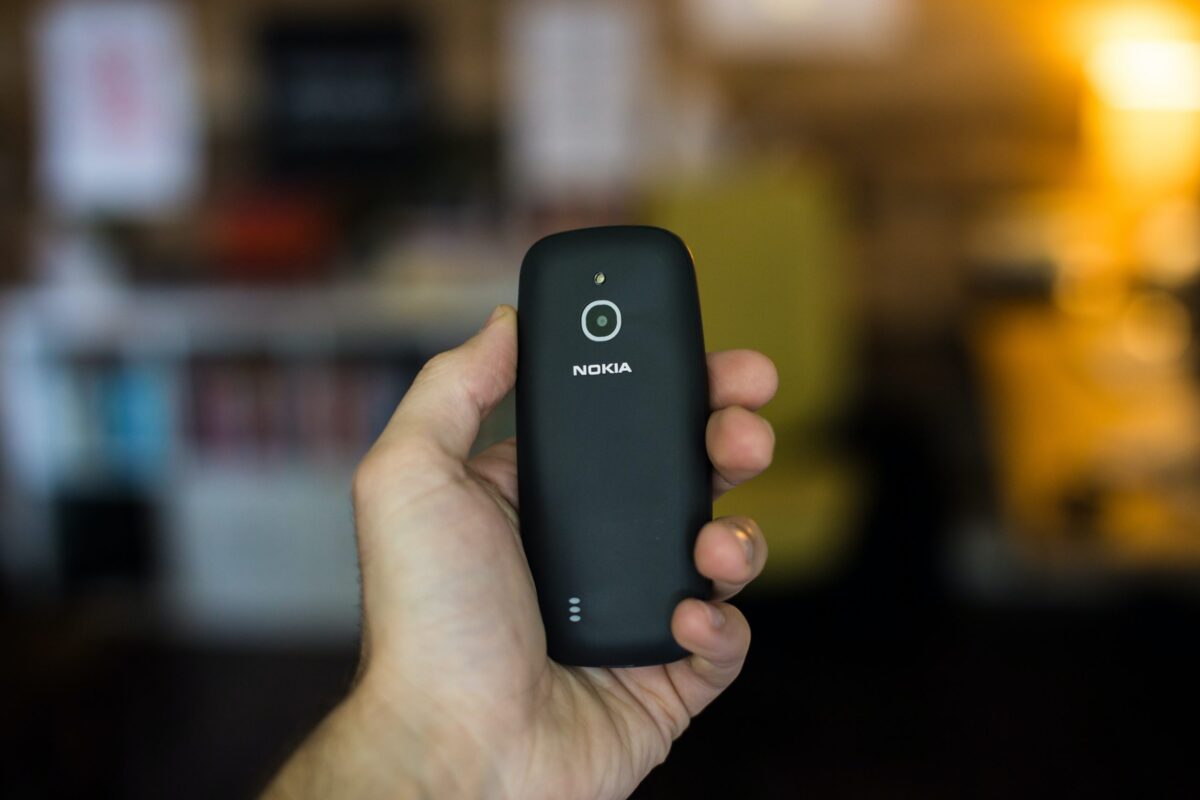

Yes!!!
Most of the things that leaders are coming to terms with and learning how to master with a remote team are already second nature to sales leaders. Conducting day to day business activities without being in the same room at the same time is par for the course.
It’s also the case at pretty much all sales leadership levels, specifically with field-based sales. In my case, running global sales teams, the people are literally all around the world, adding the lovely additional factor of time zones. For any of the regional leads, say across EMEA, the same is true, with multiple countries, cultures, and languages, as well as a sub-set of time zones. Even a territory sales manager is used to leading, coaching, and developing their sales reps, with very infrequent ‘windshield time’ or face to face office interaction.
The “new normal” for most office workers is the only way for most field-based sales team leaders. As a result, they have a wealth of experience as well as tips and tricks that can be valuable to people who are still getting familiar with working remotely.
Managing a virtual team still has the same fundamentals in the engagement of the team and individuals. It’s so important to truly be present in every interaction. “oh sorry, I was on mute” is a sure-fire indicator that you were not present!!! Video certainly helps here, especially in a 1:1 session or small groups. But it’s just as important in phone only interaction. Keep it short and focused but include time for beyond work chat.
That said, never forget the importance of in-person bonding. When the environment is right to allow group gatherings, it is hugely important. Many sales professionals will tell you it’s a lonely world, working remotely and only occasionally meeting their colleagues in the same team, or across other areas of the company. In my experience, the energy gained from occasional in-person team meetings is a critical component of leading a virtual team. This ranges from small team sessions, each quarter maybe, through to larger annual all-team gatherings such as sales kick-off sessions.
Bottom line, your company already has experts in leading teams in the ‘new normal’, your sales leaders, so be sure to capitalize on their experience, now, and as you plan the various steps to your post ‘Stay at Home’ environment.


